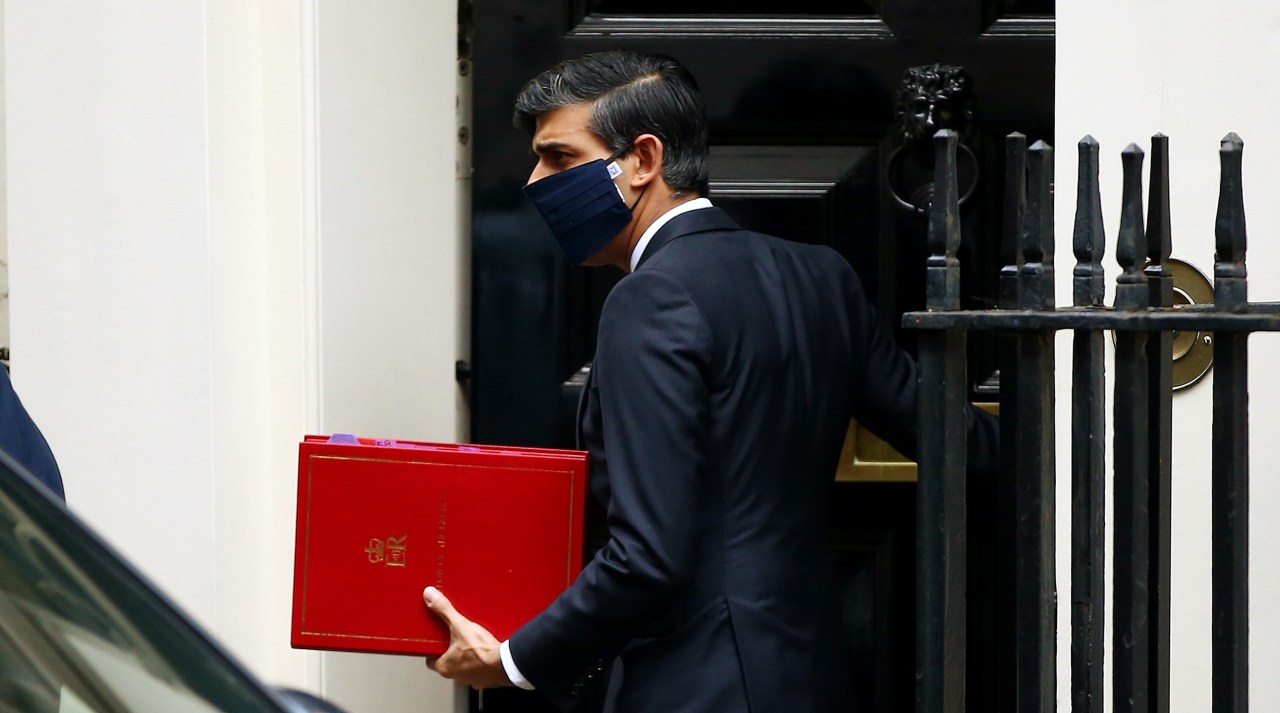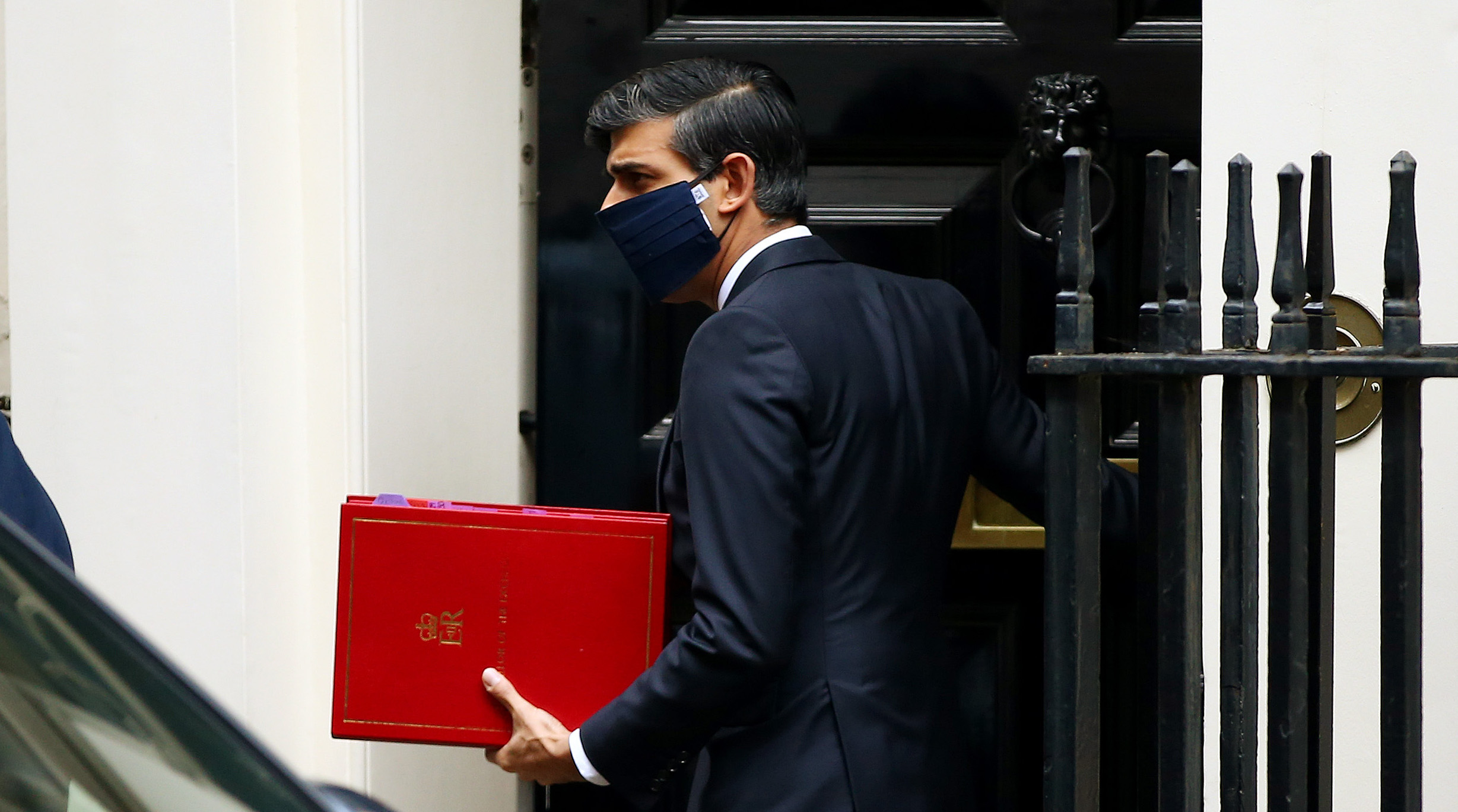Chancellor Rishi Sunak has upgraded the jobs support scheme with a more generous package. The new measures, which will replace furlough on 1 November, will see eligible businesses pay just 5 per cent of their employee’s non-working hours (originally 33 per cent), with the government picking up the huge bulk of the tab once again. Where employees would have needed to work 33 per cent of their hours to be eligible for the scheme, this has now dropped to 20 per cent — the equivalent of one day out of the working week.
The updated job support scheme sticks with the principle of the original plan: your employees have to be working to receive the subsidies. But it abandons plans to transfer the majority of the financial burden back onto the employer and away from the government. Under the scheme now, many employees will have their salary primarily paid by the government rather than their boss.
What does this do to the public finances? We don’t yet know
Along with the new support for wages, the Chancellor has also announced support for the self-employed, doubling grants from 20 to 40 per cent of profits, increasing the maximum grant to nearly £4,000. Local authorities in tier two areas are set to receive cash grants to help businesses stay afloat, worth up to £2,100 per month for every business, as long as restrictions apply.
The Treasury found itself in a bind after it announced a more generous financial package for areas put into tier three (covering 67 per cent of employee wages up to £2,100 per month for people working for businesses not legally allowed to operate). Businesses operating in tier two areas quickly discovered that despite being legally allowed to stay open, the ban on household mixing indoors rendered much of hospitality unviable. Sunak’s announcements reflect the extent to which pubs and restaurants simply cannot operate as normal as long as socialising indoors is legally banned, noting himself that ‘the impact of restrictions on them… is more significant than they had hoped.’
These changes also signal that we will be living with increased restrictions not for weeks, but likely months. That the subsidies apply across all three tiers indicate that restrictions could tighten, with more areas moving up the tiers and even possibly tighter rules being brought in.
What does this do to the public finances? We don’t yet know: there are no plans to publish the cost of the more generous jobs support scheme. The winter economy plan was costed at roughly £5 billion, which included the employer paying far more of their employees’ wages than they will be required to do now. The Treasury’s reasoning for not publishing estimated costs is that they will vary depending on demand and up take. Although a Treasury source estimates that the new jobs support scheme would cost roughly £1 billion per two million people who use it.
But there’s no doubt that projections for the UK’s deficit this year — currently between £350 billion and £400 billion — have just skyrocketed even further. Projections for the UK’s economic recovery are likely to be downgraded again as businesses prepare for another round of uncertainty in the winter months.








Comments